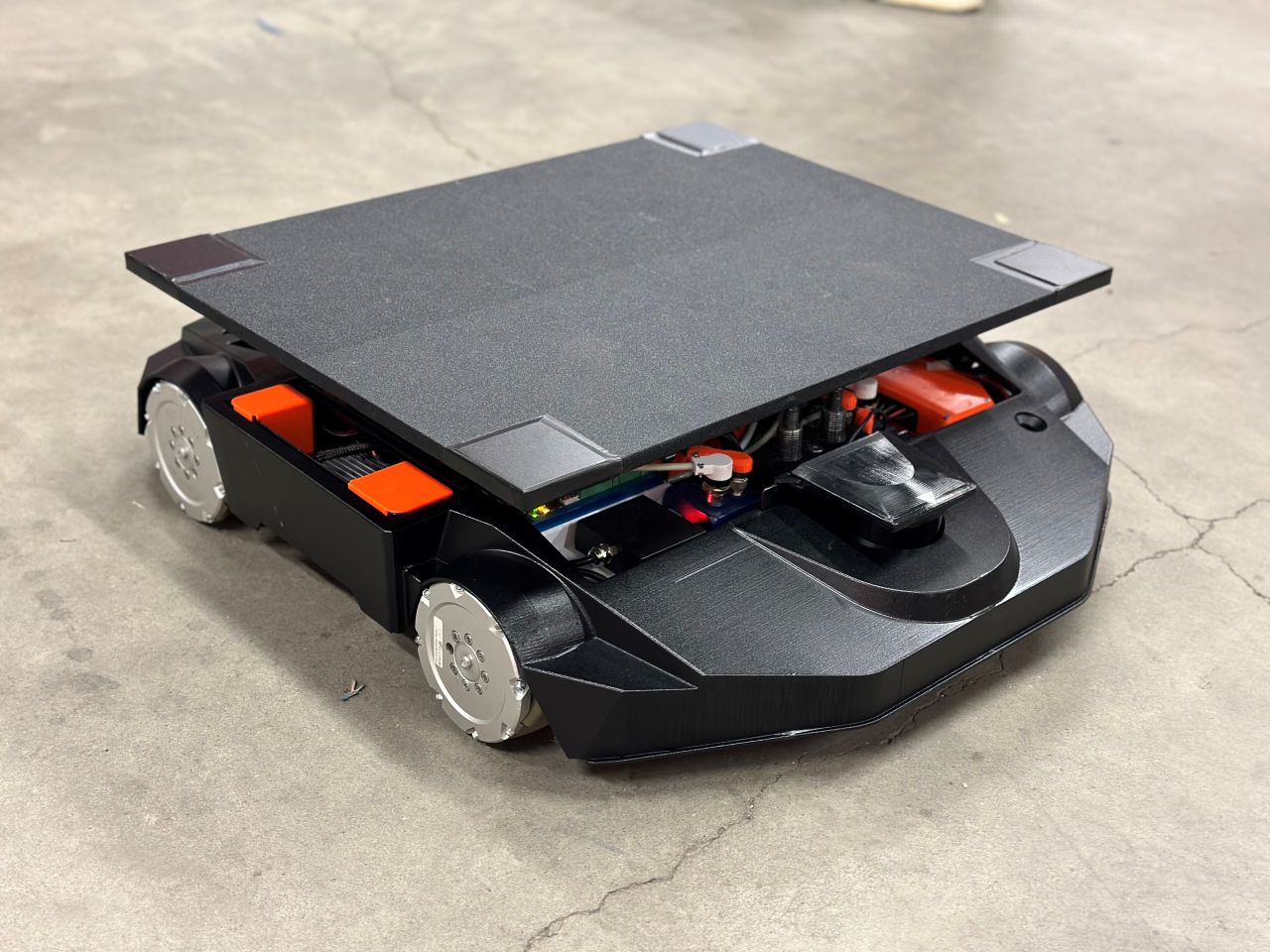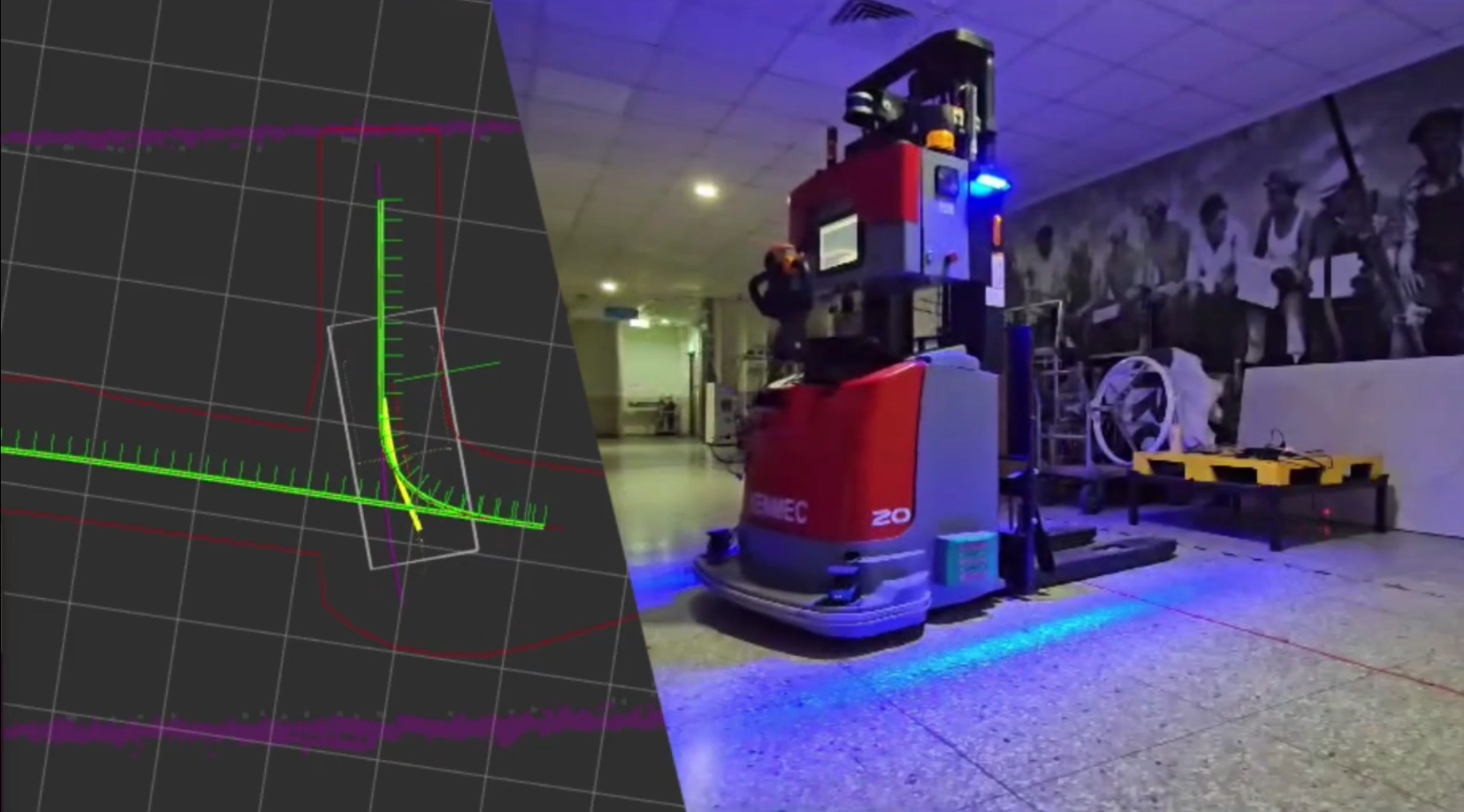Natural language processing (NLP) allows for natural interaction with robots and computers. It is about making our technology more human.
Natural language processing (NLP) refers to giving computers, robots and other technincal systems the ability to talk and listen like a person. For example, NLP let’s you:
- Have robots acting as receptionists, tourist guides of friendly companions
- Use you computer while having your hands free to do other things
- Speak to technical systems as if they were a person.
At its core, natural language processing is about having computers and robots being easier, friendlier and more human to use.
NLP in your business
We can help you create awesome solutions for your business using NLP. We’ll handle all of the complexities and create great user experiences for your business and your customers – no matter the size of you organization or the industry you’re operating in.
Technological framework
Natural language processing can refer to many separate things. An NLP solution often involves speech recognition, natural language understanding, natural language generation. Furthermore, letting robots actually speak words requires speech synthesis. At Dyno Robotics, we use several different frameworks which let us create great experiences.
Dialogflow
Dialogflow is a natural language processing platform that includes many relevant technologies needed to make an NLP solution. It is cloud-based, and owned by Google. With the help of Dialogflow and custom software, we create friendly and engaging robots.
LUIS
Language Understanding (LUIS) is much like Dialogflow, but it is instead owned by Microsoft runs on Azure cloud. It uses custom machine-learning intelligence to process and understand users speech, and then generate appropriate answers and actions.
GPT-4
GPT-4 is a state-of-the-art auto-regressive language model that employs advanced deep learning techniques to generate text indistinguishable from human writing. Launched after its predecessor GPT-3, it offers improved contextual understanding and expanded language capabilities, including multilingual support. We use GPT-4 to create innovative experiences, further diminishing the distinction between human and machine interactions.
Claude
Claude is a processing model developed by Anthropic. It focuses on safety, alignment, and user intent to produce coherent and contextually appropriate responses. As a cloud-based tool, Claude supports the creation of interactive and ethically aware AI applications, facilitating more trustworthy user interactions.
Mistral
Mistral emphasises efficiency and scalability. Developed by Meta AI, it is designed to deliver high-quality text generation with reduced computational requirements. By using Mistral alongside custom software, developers can create accessible and effective AI-driven applications.


